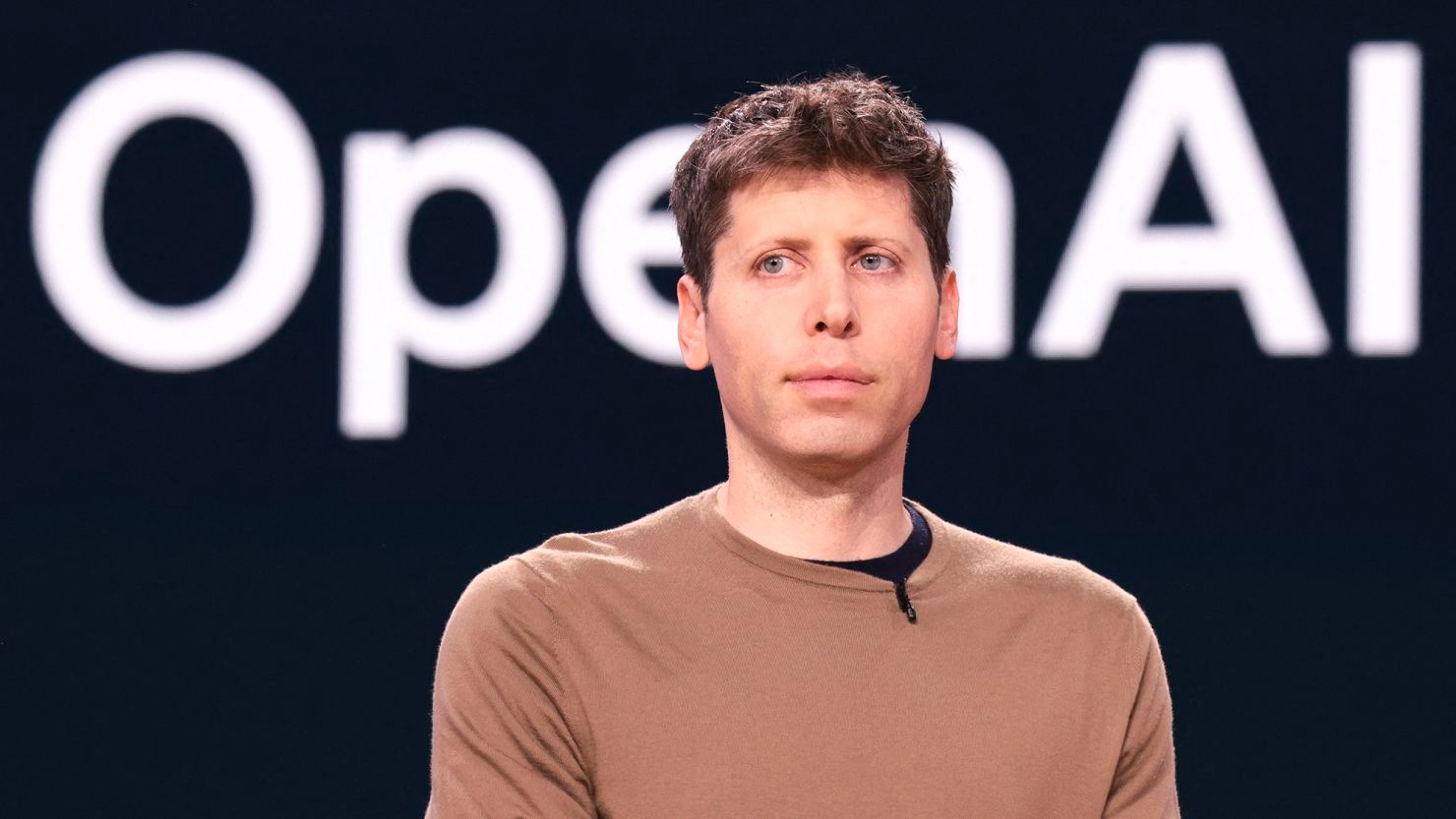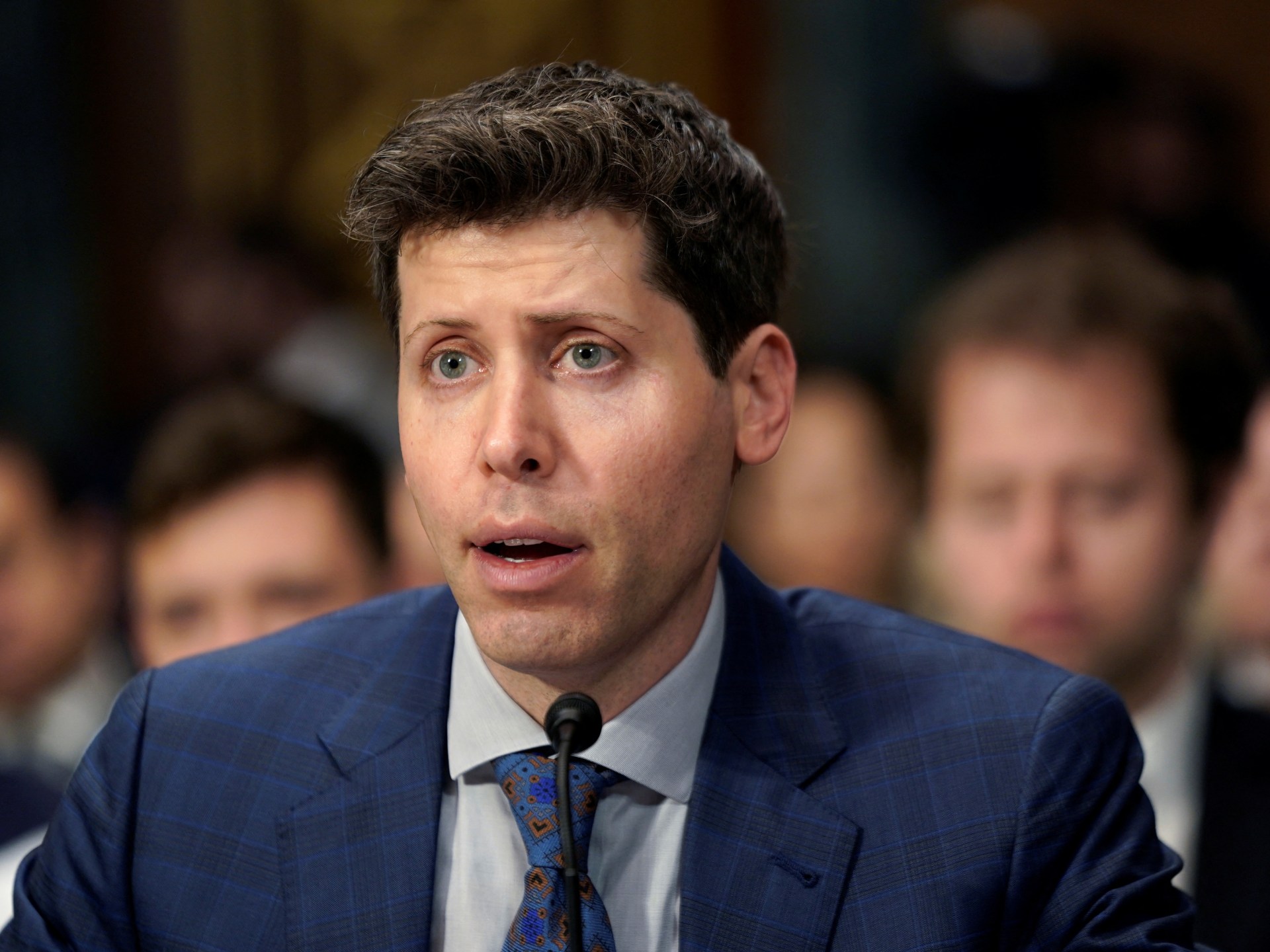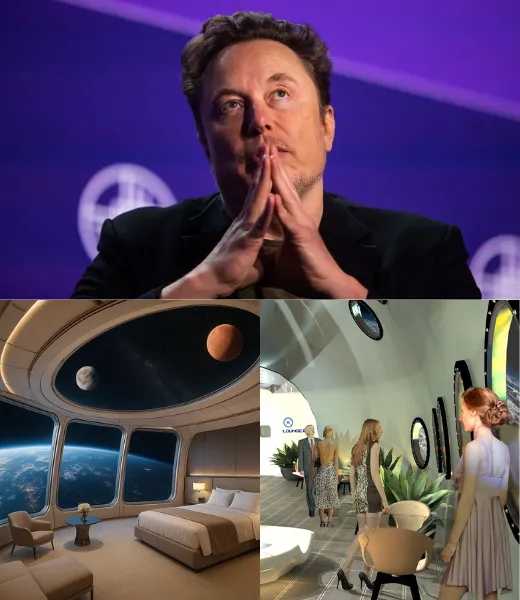
In the escalating legal and ideological battle between Elon Musk and Sam Altman, a new twist has emerged. A group of former OpenAI employees, many of whom worked for the company between 2018 and 2024, has come out in support of Musk’s position against the current OpenAI CEO.
Their involvement adds a powerful layer of complexity to the already contentious dispute over OpenAI’s transition from a nonprofit to a for-profit entity.
This group, composed of data scientists, technicians, and researchers who were instrumental in OpenAI’s formative years, has joined Musk in his legal fight to halt the company’s transformation. These former employees are not just bystanders—they are actively challenging OpenAI’s restructuring, arguing that the proposed changes to the corporate structure violate the organization’s original mission.
The crux of the dispute lies in OpenAI’s decision to reorient itself into a for-profit company, which Musk and these former employees argue is a betrayal of the principles on which the company was founded. In its original form, OpenAI was designed as a nonprofit with the mission of ensuring that artificial general intelligence (AGI) benefits all of humanity.

However, as the company expanded and attracted massive investments, particularly from Microsoft, it began shifting toward a more commercially viable model.
The former employees of OpenAI, backed by their legal representative Lawrence Lessig, a prominent Harvard law professor and political activist, contend that the company’s restructuring undermines the nonprofit’s role in controlling the direction of AGI development. They argue that removing the nonprofit’s controlling stake would fundamentally violate the mission to ensure AGI is used for the greater good, rather than corporate interests.
In their filing, these former OpenAI staffers expressed their concern over the transformation of the company’s structure. They argued that “If the OpenAI nonprofit agreed to a change in the OpenAI corporate structure which took away its controlling role, that would fundamentally violate its mission.”
Their stance, which directly aligns with Musk’s own arguments, presents a significant challenge to the current leadership of OpenAI.
This latest development marks the continuation of the legal battle Musk initiated against OpenAI in 2024. Musk, who was a co-founder of OpenAI in 2015, left the company in 2018 after what sources describe as a disagreement with Altman over the company’s strategic direction.

Musk has since launched his own AI venture, xAI, in 2023, and his new venture has placed him in direct competition with OpenAI.
The tension between Musk and Altman has reached a boiling point, especially after OpenAI’s dramatic shift towards a more for-profit model. Musk’s lawsuit accuses Altman of deviating from OpenAI’s original charitable purpose, which was to create AGI that would benefit humanity.
Musk’s primary issue with the transition is the significant investment from Microsoft, which allowed OpenAI to reshape itself into a corporate entity. According to Musk, the company has abandoned its mission to safeguard humanity in favor of increasing profits and attracting private investors.
Musk’s legal team has been vocal about their concerns, claiming that OpenAI’s shift to a for-profit structure threatens to concentrate too much power in the hands of a few corporate entities. They argue that this could lead to monopolistic control over AGI development, potentially creating a scenario where only the wealthiest companies have access to the most advanced technologies, leaving the broader public at risk.
In Musk’s own words, “This is not about money. It’s about ensuring AGI benefits everyone—not just a few board members or corporate stakeholders.”

The involvement of these former OpenAI employees has added a layer of support to Musk’s position. These individuals, who were integral to OpenAI’s growth and early successes, now find themselves at odds with the company’s leadership under Altman.
They are not merely passive observers; their legal action is actively challenging the new direction the company is taking.
The group argues that OpenAI’s original mission was not just about developing AGI, but doing so in a way that would be transparent, accountable, and open to the public. They contend that the decision to restructure and remove the nonprofit’s controlling stake is not just a business move—it is a fundamental change to the very principles of the company’s existence.
Musk’s legal team has seized on this support from the former employees, using it to bolster their argument that Altman’s leadership is steering OpenAI away from its ethical commitments. The involvement of these former staff members has been portrayed as a powerful statement from within the organization itself, suggesting that even those who were once part of OpenAI’s inner circle feel betrayed by the company’s current trajectory.

On the other side, Altman and OpenAI have vigorously defended the decision to restructure. The company argues that the transition to a for-profit entity is not an abandonment of its mission, but a necessary step to secure the resources required to compete in the rapidly evolving AI space.
According to OpenAI’s leadership, the restructuring allows the company to attract significant investment and access the capital needed to continue developing advanced AI models. OpenAI has maintained that it is committed to its charitable goals, but that the structure needed to be updated to ensure the company could remain competitive with other major players in the AI field, such as Google’s DeepMind and Musk’s xAI.
Altman has been particularly vocal about the need for the company to scale quickly, especially given the accelerating pace of AI advancements. OpenAI has claimed that the nonprofit structure simply couldn’t support the necessary investment to keep pace with the growing demand for AI technologies.
In a statement, OpenAI said, “The restructuring is necessary to meet the growing demands of AI development and ensure the long-term sustainability of the company. The nonprofit will still retain significant control, but the new structure will allow OpenAI to compete effectively in the AI arms race.”

The outcome of this ongoing battle between Musk and Altman has profound implications not only for OpenAI but also for the future of artificial intelligence. As the world’s most powerful AI firm, OpenAI has the potential to shape the trajectory of AGI development for decades to come.
The company’s decisions will affect how AI is regulated, who has access to it, and how it is used to benefit humanity.
The involvement of former OpenAI employees in Musk’s legal fight adds a compelling dimension to the debate. It suggests that there are internal concerns about the company’s new direction and raises the question of whether OpenAI’s leadership is prioritizing corporate interests over its ethical obligations.
This conflict also highlights a larger issue in the tech industry: as AI becomes more powerful and more lucrative, the question of who controls it becomes increasingly important. Will we see a future where AGI is developed and controlled by a few major corporations, or will it remain open and accessible to all?

The legal battle between Musk and Altman is far from over, and it is unclear how it will ultimately play out. However, one thing is certain: both Musk’s xAI and OpenAI will continue to play pivotal roles in shaping the future of artificial intelligence. As this conflict deepens, the stakes have never been higher for both companies and the world at large.
The court case, expected to go to trial in 2026, will likely be a defining moment in the history of AI. Will OpenAI continue down its current path, or will Musk succeed in taking control? Only time will tell, but the outcome will undoubtedly have lasting consequences for the future of AI and the global tech landscape.
-1744010186-q80.webp)
-1745135176-q80.webp)
-1743475940-q80.webp)
